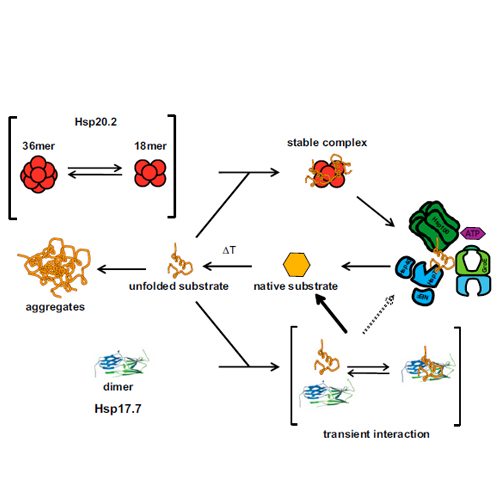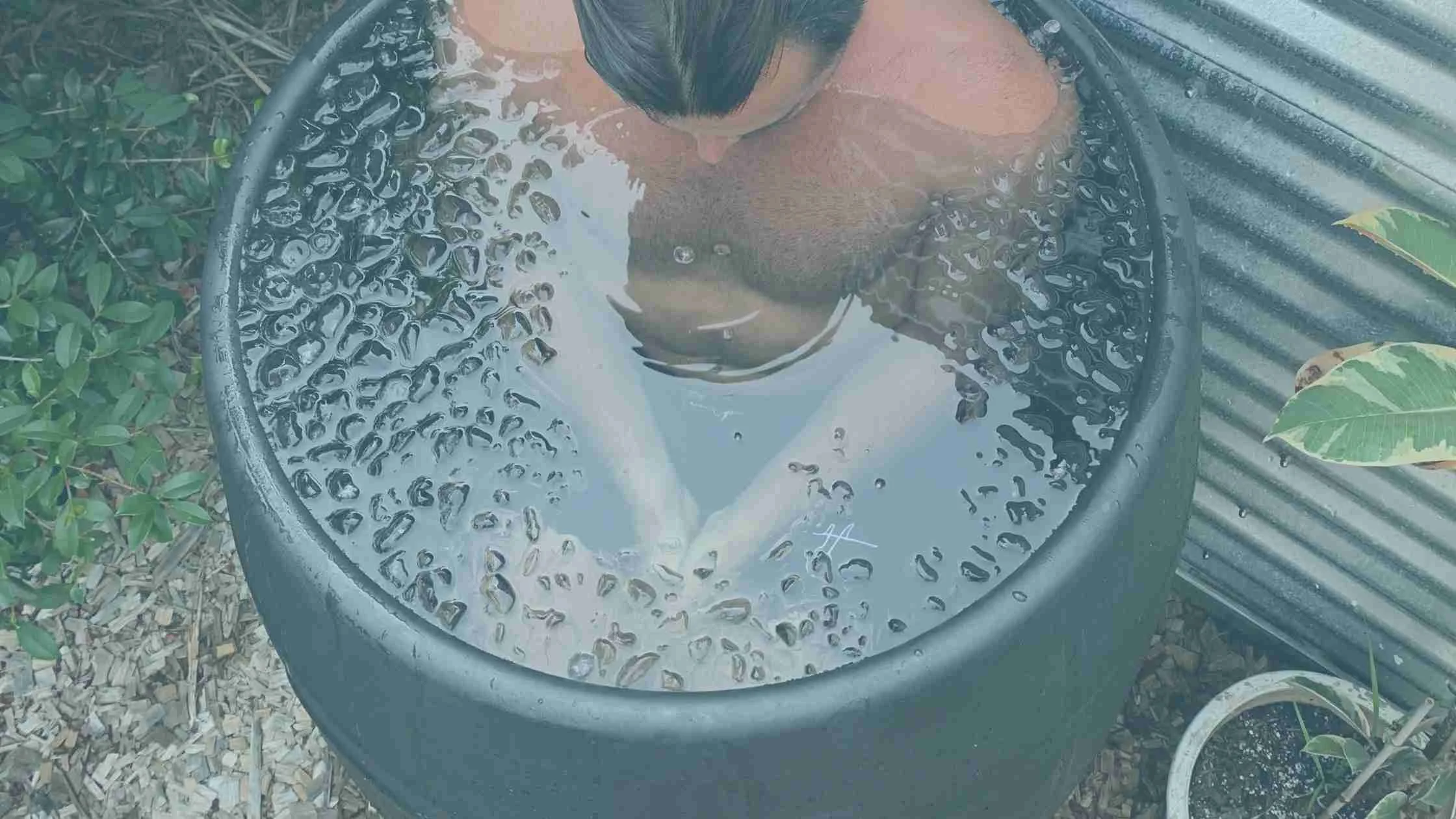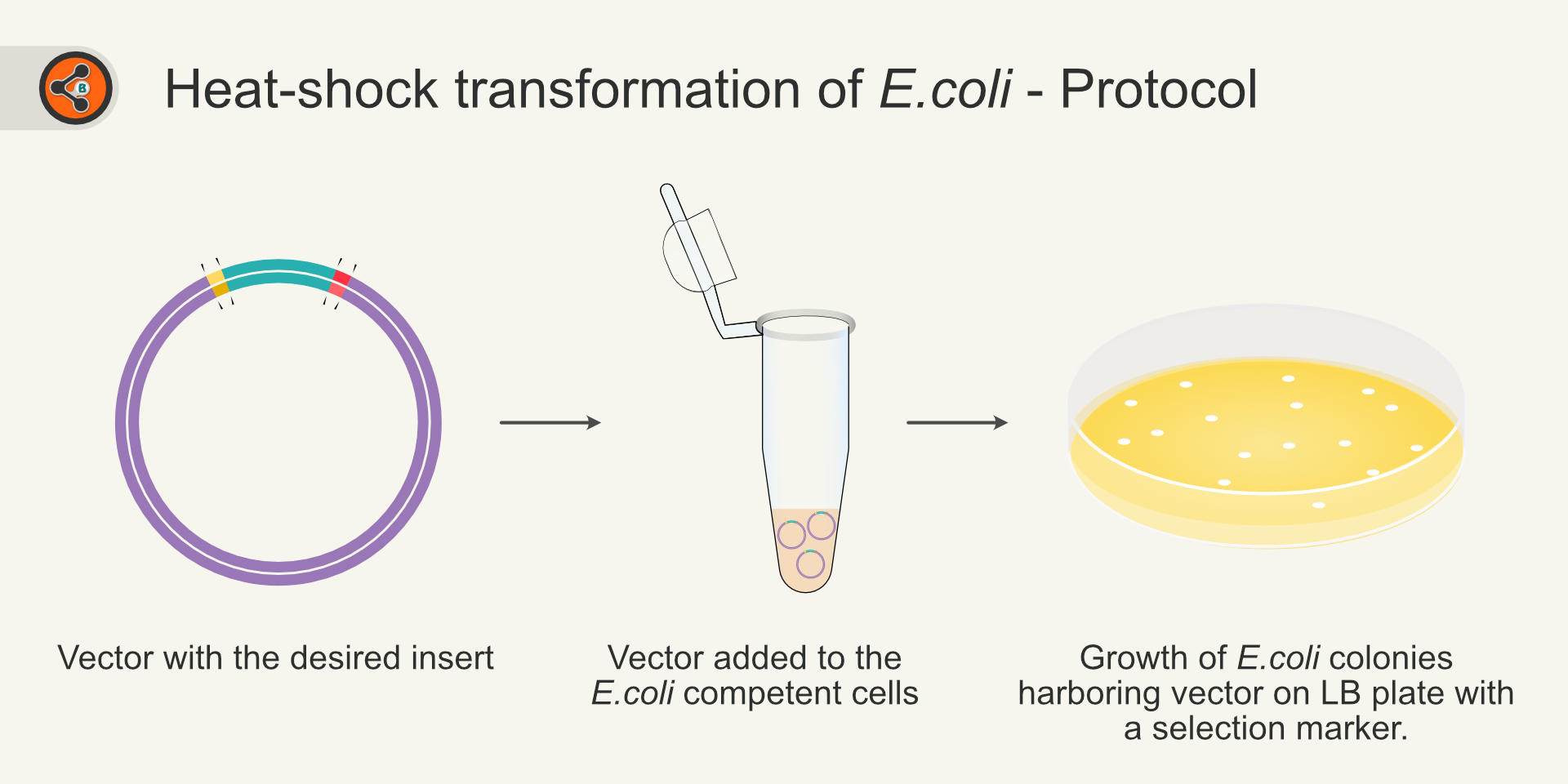Recovery Time Sfter Heat Shock Bacterial Cell - The bacillus atrophaeus spores showed an increase in recovery after heat shock with the optimal conditions being 10 minutes at 80oc. If bacterial cells are exposed to high temperatures for an extended period of time, they may be unable to recover, resulting in lower transformation. Coli bacteria were transformed using two methods; After heat shock, cells need a recuperation period for recovery (elevated temperature causes membrane to move around. (1) cacl 2 treatment followed by heat shock step and (2) cacl 2 treatment. During the recovery step, the bacteria are incubated at 37°c, which is the optimal growth temperature for most bacteria.
(1) cacl 2 treatment followed by heat shock step and (2) cacl 2 treatment. During the recovery step, the bacteria are incubated at 37°c, which is the optimal growth temperature for most bacteria. Coli bacteria were transformed using two methods; After heat shock, cells need a recuperation period for recovery (elevated temperature causes membrane to move around. The bacillus atrophaeus spores showed an increase in recovery after heat shock with the optimal conditions being 10 minutes at 80oc. If bacterial cells are exposed to high temperatures for an extended period of time, they may be unable to recover, resulting in lower transformation.
(1) cacl 2 treatment followed by heat shock step and (2) cacl 2 treatment. The bacillus atrophaeus spores showed an increase in recovery after heat shock with the optimal conditions being 10 minutes at 80oc. After heat shock, cells need a recuperation period for recovery (elevated temperature causes membrane to move around. Coli bacteria were transformed using two methods; If bacterial cells are exposed to high temperatures for an extended period of time, they may be unable to recover, resulting in lower transformation. During the recovery step, the bacteria are incubated at 37°c, which is the optimal growth temperature for most bacteria.
Bacterial Transformation Heat Shock
After heat shock, cells need a recuperation period for recovery (elevated temperature causes membrane to move around. During the recovery step, the bacteria are incubated at 37°c, which is the optimal growth temperature for most bacteria. (1) cacl 2 treatment followed by heat shock step and (2) cacl 2 treatment. The bacillus atrophaeus spores showed an increase in recovery after.
CIPSM Alternative bacterial small heat shock protein
If bacterial cells are exposed to high temperatures for an extended period of time, they may be unable to recover, resulting in lower transformation. Coli bacteria were transformed using two methods; During the recovery step, the bacteria are incubated at 37°c, which is the optimal growth temperature for most bacteria. The bacillus atrophaeus spores showed an increase in recovery after.
Addgene Protocol How to do a Bacterial Transformation
Coli bacteria were transformed using two methods; (1) cacl 2 treatment followed by heat shock step and (2) cacl 2 treatment. After heat shock, cells need a recuperation period for recovery (elevated temperature causes membrane to move around. During the recovery step, the bacteria are incubated at 37°c, which is the optimal growth temperature for most bacteria. The bacillus atrophaeus.
What Are Heat Shock and Cold Shock Proteins? Activating Beneficial
(1) cacl 2 treatment followed by heat shock step and (2) cacl 2 treatment. During the recovery step, the bacteria are incubated at 37°c, which is the optimal growth temperature for most bacteria. Coli bacteria were transformed using two methods; After heat shock, cells need a recuperation period for recovery (elevated temperature causes membrane to move around. The bacillus atrophaeus.
Heat shock transformation (E.coli) protocol Sharebiology
After heat shock, cells need a recuperation period for recovery (elevated temperature causes membrane to move around. The bacillus atrophaeus spores showed an increase in recovery after heat shock with the optimal conditions being 10 minutes at 80oc. During the recovery step, the bacteria are incubated at 37°c, which is the optimal growth temperature for most bacteria. If bacterial cells.
How can we elucidate the biology behind heatshock bacterial
During the recovery step, the bacteria are incubated at 37°c, which is the optimal growth temperature for most bacteria. The bacillus atrophaeus spores showed an increase in recovery after heat shock with the optimal conditions being 10 minutes at 80oc. If bacterial cells are exposed to high temperatures for an extended period of time, they may be unable to recover,.
(PDF) Understanding What Small Heat Shock Proteins Do for Bacterial Cells
During the recovery step, the bacteria are incubated at 37°c, which is the optimal growth temperature for most bacteria. After heat shock, cells need a recuperation period for recovery (elevated temperature causes membrane to move around. Coli bacteria were transformed using two methods; The bacillus atrophaeus spores showed an increase in recovery after heat shock with the optimal conditions being.
S2 cell viability after heat stress and heat shock conditions S2 cells
(1) cacl 2 treatment followed by heat shock step and (2) cacl 2 treatment. After heat shock, cells need a recuperation period for recovery (elevated temperature causes membrane to move around. If bacterial cells are exposed to high temperatures for an extended period of time, they may be unable to recover, resulting in lower transformation. Coli bacteria were transformed using.
Bacterial Transformation Heat Shock
After heat shock, cells need a recuperation period for recovery (elevated temperature causes membrane to move around. If bacterial cells are exposed to high temperatures for an extended period of time, they may be unable to recover, resulting in lower transformation. (1) cacl 2 treatment followed by heat shock step and (2) cacl 2 treatment. Coli bacteria were transformed using.
Role of bacterial and human heat shock protein (HSP) 60/65 as T cell
The bacillus atrophaeus spores showed an increase in recovery after heat shock with the optimal conditions being 10 minutes at 80oc. After heat shock, cells need a recuperation period for recovery (elevated temperature causes membrane to move around. If bacterial cells are exposed to high temperatures for an extended period of time, they may be unable to recover, resulting in.
The Bacillus Atrophaeus Spores Showed An Increase In Recovery After Heat Shock With The Optimal Conditions Being 10 Minutes At 80Oc.
If bacterial cells are exposed to high temperatures for an extended period of time, they may be unable to recover, resulting in lower transformation. During the recovery step, the bacteria are incubated at 37°c, which is the optimal growth temperature for most bacteria. Coli bacteria were transformed using two methods; After heat shock, cells need a recuperation period for recovery (elevated temperature causes membrane to move around.









